6 Veggies You Don’t Really Need and 5 You Should Eat Every Single Day

Not all vegetables are created equal. Some are watery, bland, or low in nutrients, while others are nutritional powerhouses you should be piling on your plate daily. Let’s break down which veggies are skippable—and which ones deserve a permanent spot in your routine.
1. Iceberg Lettuce
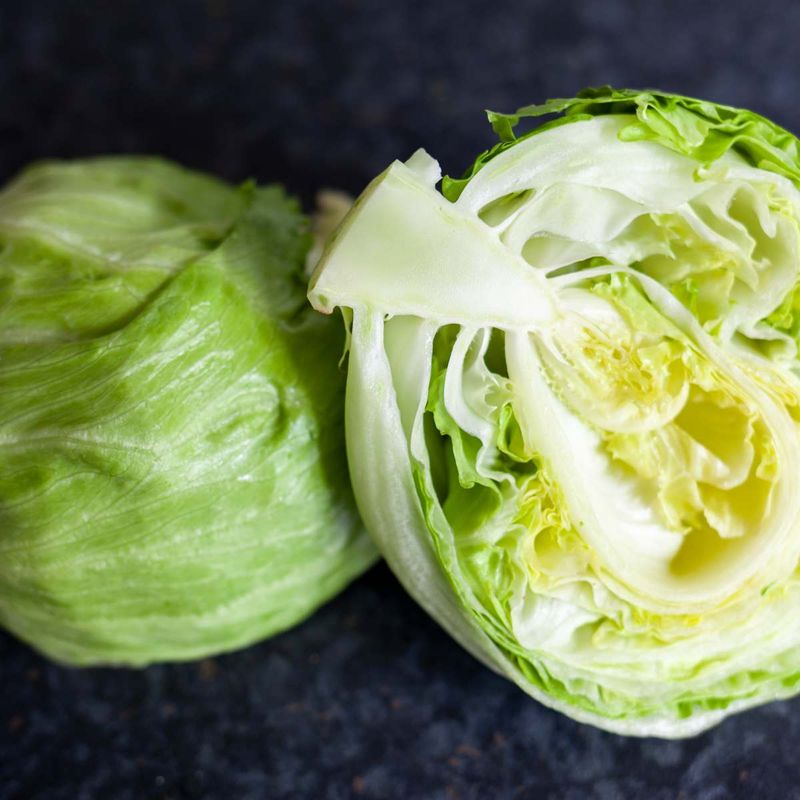
Iceberg lettuce can easily be mistaken for a nutritional powerhouse due to its refreshing crunch, yet it holds barely any more nutrients than a glass of water. Though it offers a satisfying texture to sandwiches and salads, its vitamin content is shockingly low. Historically loved for its crispness, it languishes on the bottom shelf of nutrition charts, offering little beyond hydration. Considered a classic, it’s often overshadowed by its darker, leafier counterparts. In culinary circles, it’s cherished not for its health benefits but for its ability to add volume and freshness without overwhelming flavors.
2. White Potatoes (Fried or Mashed)

White potatoes, especially when fried or mashed, are more notorious for their starchy reputation than their health benefits. While they serve as comfort food, offering warmth and familiarity, they largely consist of carbohydrates with minimal vitamins. Historically, they’ve been a staple in many diets, appreciated for their filling nature. However, the health benefits significantly diminish when they’re fried or laden with butter and cream. In their natural state, they offer some vitamin C and potassium, but culinary choices often strip these away, leaving behind a mere shadow of their potential benefits.
3. Celery
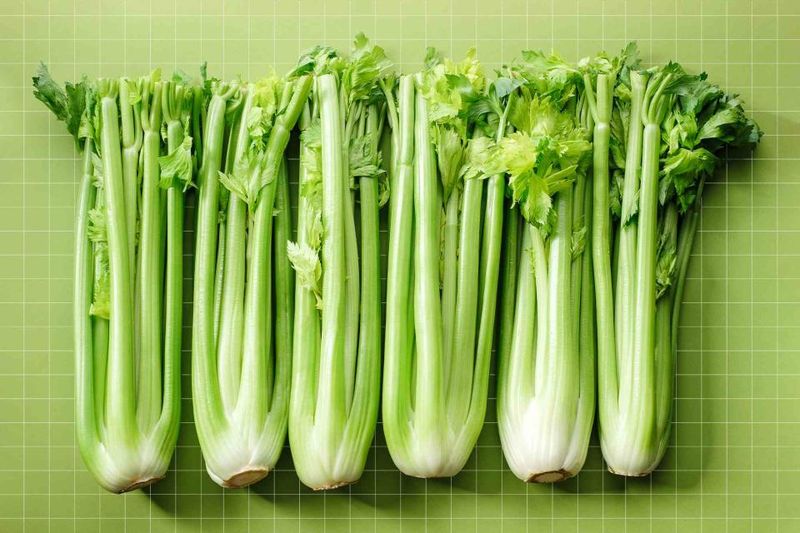
Celery has long been lauded for its crunch, yet beneath its fibrous exterior lies a vegetable primarily composed of water. While it’s an excellent low-calorie snack, the nutritional content is minimal, making it more of a palate cleanser than a hearty vegetable. In history, celery has been used more for its aromatic qualities in cooking rather than its nutritional value. While some enjoy it with dips or in soups, its primary appeal remains its refreshing texture. Its subtle flavor makes it versatile, but it seldom stands out as a nutritional star.
4. Canned Peas

Canned peas may offer convenience, but they fall short in the realm of nutrition and texture. The canning process often robs them of their natural vibrancy, leaving behind a mushy consistency that pales in comparison to their fresh or frozen counterparts. Historically, they became a pantry staple due to their long shelf life, yet their nutrient content suffers greatly. When reaching for peas, opting for fresh or frozen can ensure better taste and more vitamins. Despite their shortcomings, canned peas have been a comfort food for many, reminiscent of simple, easy meals.
5. Corn
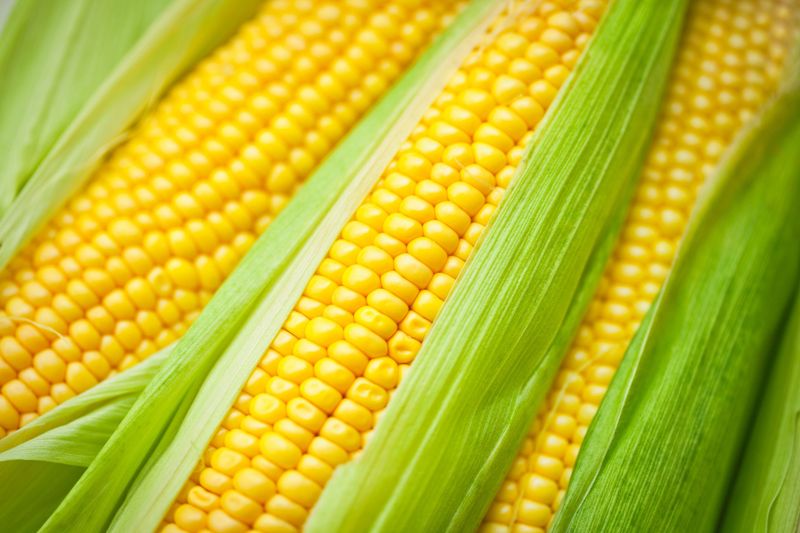
Corn, while sweet and delicious, is mostly known for its starchy nature rather than its nutritional prowess. Often mistaken for a vegetable, corn is technically a grain, offering more carbohydrates than vitamins. Its history is rich, as it’s been a staple in diets around the world, cherished for its versatility and ease of growth. However, when compared to leafy greens, corn falls short nutritionally. Popular in salads, salsas, and as a side dish, its appeal often lies in its taste rather than its health benefits, making it a less vital choice for daily consumption.
6. Pickles (Especially Sweet or Dill Chips)
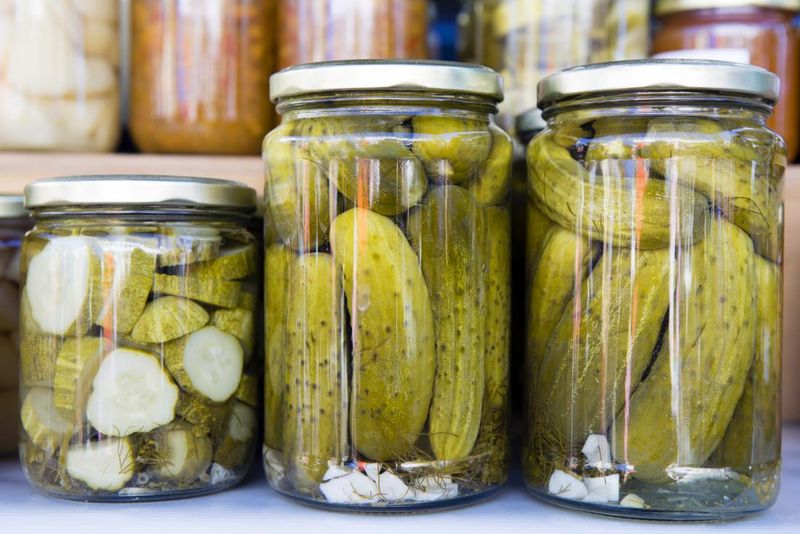
Pickles, particularly sweet or dill chips, are often a flavorful addition to meals, yet they bring more sodium than nutrients to the table. Originating as a method to preserve cucumbers, pickles have become a beloved condiment across many cuisines. Their tangy and salty taste is unmatched but relying on them as a vegetable source is misguided. With minimal vitamins, their primary contribution is flavor and crunch. Despite their popularity, those watching their sodium intake should be cautious. They delight the palate but shouldn’t replace more nutrient-rich vegetables in a balanced diet.
7. Spinach
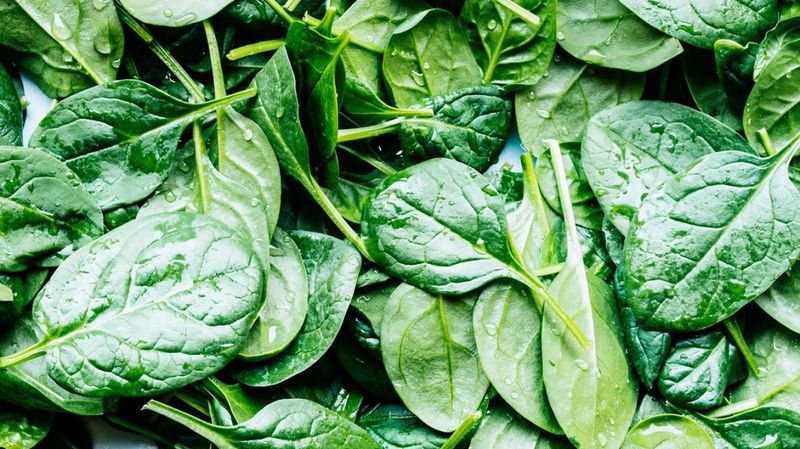
Spinach is a true champion in the vegetable world, packed with iron, vitamin K, and antioxidants. Its rich history dates back to ancient Persia, where it was revered for its robust nutritional profile. Whether tossed raw into salads or gently wilted into soups and omelets, its versatility shines through. Spinach is a staple for health enthusiasts, offering a mild taste that complements a variety of dishes. Its leafiness doesn’t just appeal to the palate; it fortifies the body with essential nutrients, making it an everyday hero in maintaining a balanced diet.
8. Broccoli
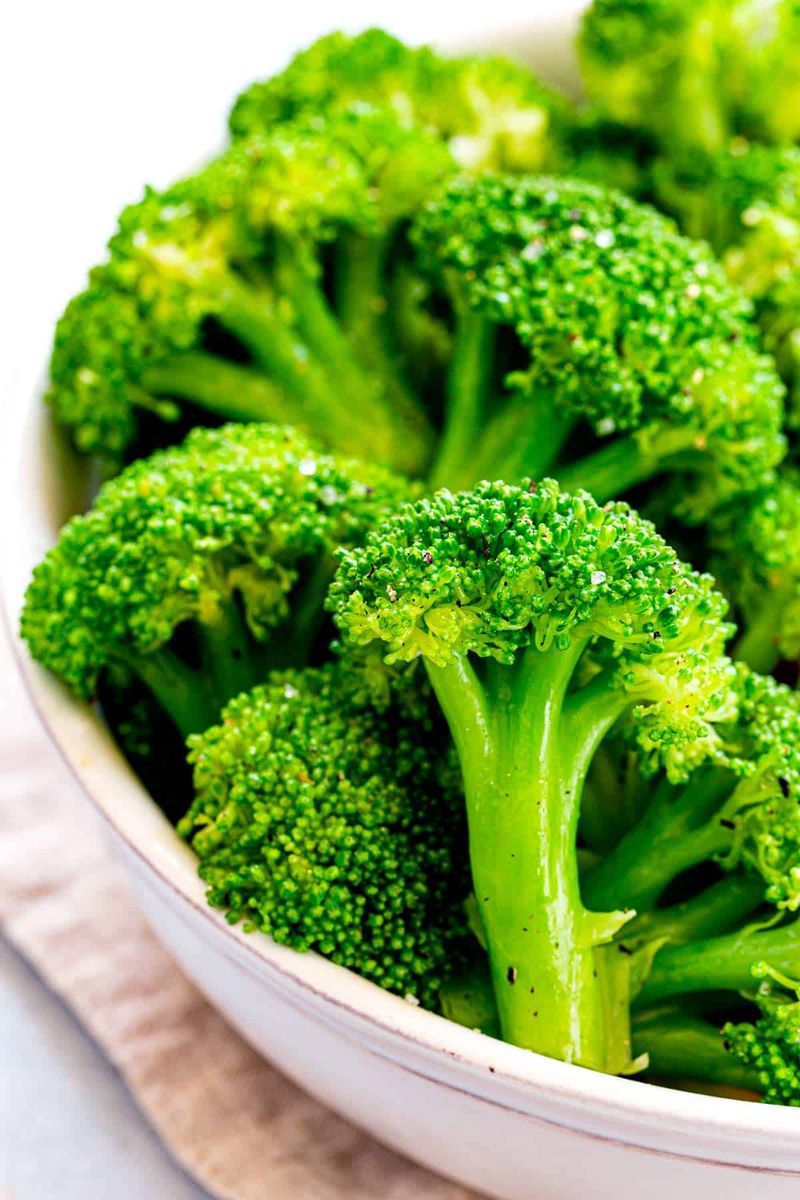
Broccoli stands tall as a nutritional titan, rich in fiber, vitamin C, and anti-inflammatory compounds. Its cruciferous nature makes it a staple in health-conscious kitchens worldwide. Broccoli’s journey from the fields to the table brings a burst of freshness and vitality, often steamed, roasted, or blended into soups. It’s celebrated not only for its nutrients but also for its versatility, enhancing both flavor and health. The rich green florets are a testament to its strength, making it a vital addition to daily meals. Broccoli’s commitment to wellness is unwavering.
9. Carrots
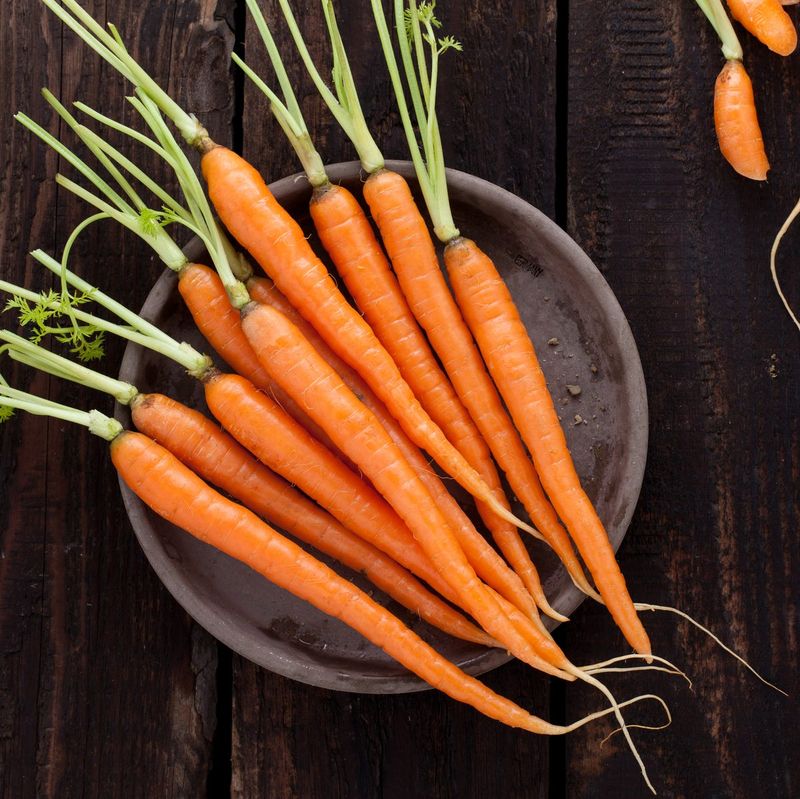
Carrots captivate with their vibrant orange hue, a sign of the beta-carotene within, which promotes eye health. Their sweet crunch makes them a favorite among snacks and salads. Carrots have been cherished since ancient times, initially grown for their aromatic leaves and seeds before the root became popular. Today, they are a staple in global cuisines, revered for their nutritional benefits, including antioxidants and fiber. Whether eaten raw or cooked, their delightful taste and health advantages make them a daily essential, particularly in maintaining good vision and overall wellness.
10. Bell Peppers

Bell peppers, particularly the red and yellow varieties, are a feast for the eyes and a boon for health. Rich in vitamin C and antioxidants, they offer a sweet crunch that enlivens any dish. Bell peppers have traveled through culinary traditions, each color bringing its unique flavor profile. Their bright, crisp texture turns ordinary meals into extraordinary experiences. From stir-fries to salads, their versatility is celebrated worldwide. Beyond taste, they contribute to immunity and skin health, making them a colorful necessity in everyday diets, delighting both the palate and the body.
11. Kale
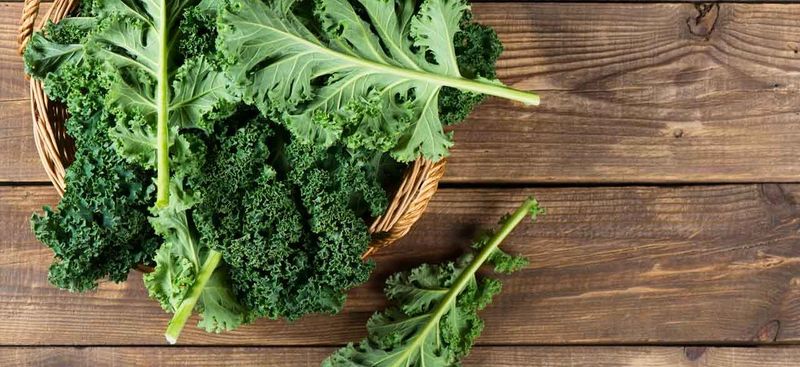
Kale has earned its reputation as a nutritional powerhouse, brimming with vitamins A, C, K, and calcium. Its journey from ancient Rome to modern health trends showcases its lasting appeal. Kale’s robust flavor and texture make it a favorite in salads, smoothies, and chips. It stands out in the vegetable kingdom for its dense nutrient content, supporting bone health and immune function. Its slightly bitter taste balances well with sweet or tangy ingredients. Kale’s presence in the kitchen ensures a boost of vitality and wellness, making it a leafy green to savor daily.
